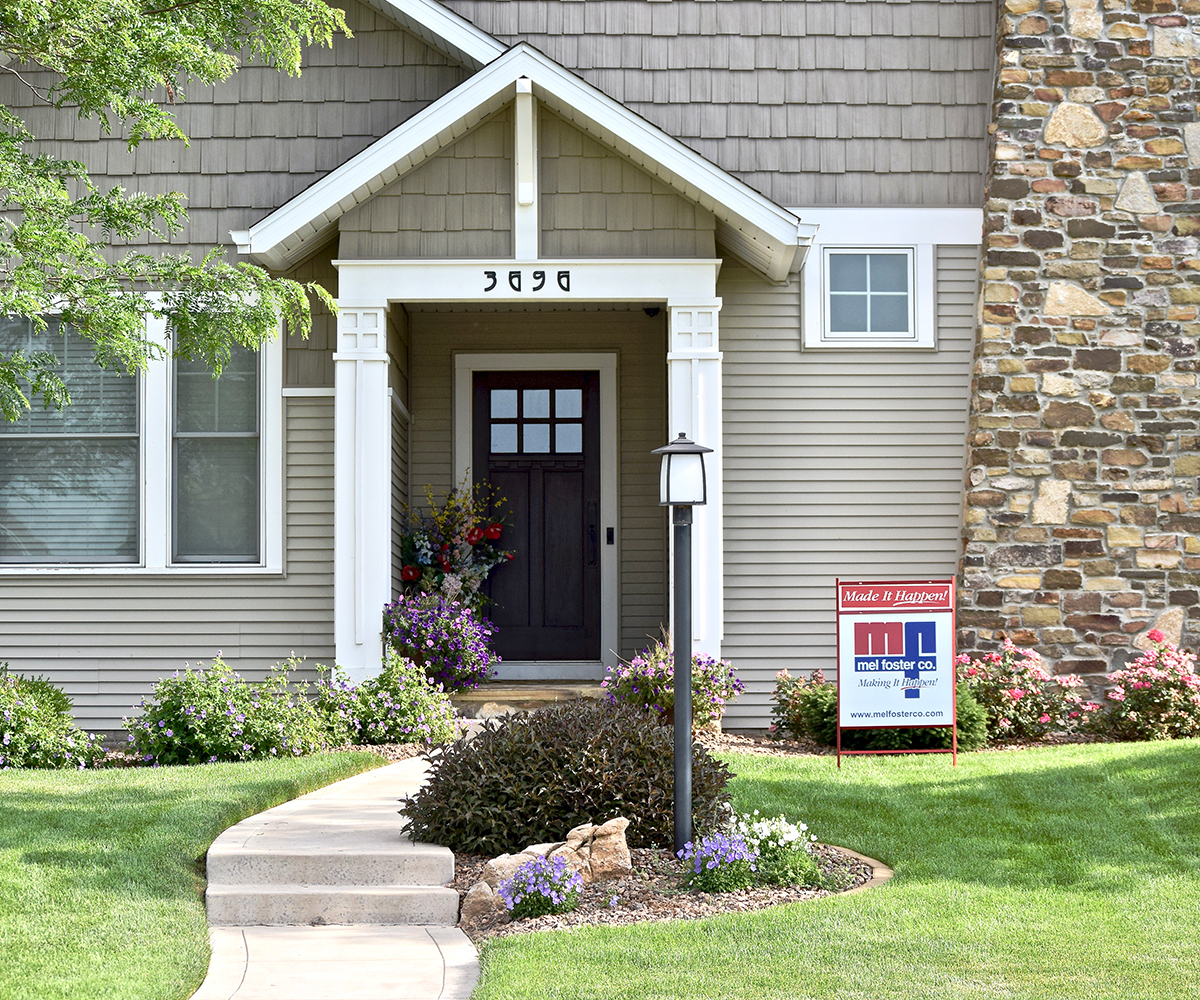Most buyers looking for a home seek specific features. The following summary is what buyers want, and this may help prioritize your home improvements to attract those buyers.
Structural Features
- Separate laundry room on the first floor
- Open floor plan between the kitchen and dining room
- Patio space for outdoor entertaining
- Walk in kitchen pantry
- A front porch or covered outdoor space
Accent Preferences
- Exterior lighting
- Ceiling fans
- Hardwood or tile in main living areas
- Stainless steel appliances
- Smart home technology
Energy Elements
- Energy-efficient windows
- Programmable thermostats
- Proper insulation
Contact a Mel Foster Co. agent if you’re ready to sell.

